
Functions of Rubber Feet or Bumpers
Rubber feet or bumper has different functionality in electronic devices. It can work as an anti-skid, anti-vibration, or spacer for electronics. We have briefly explained the details of the different functions below.
Skidding Resistance
The primary intent for adding rubber feet beneath a device is to provide frictional resistance to prevent sliding on a surface. The contact area of the rubber feet is more important when designing a rubber foot for skid resistance.
Most adhesive bumpers you may come across are usually cylindrical or hemispherical. However, elongated ones may also be used in electronics to help them stick to a particular direction.
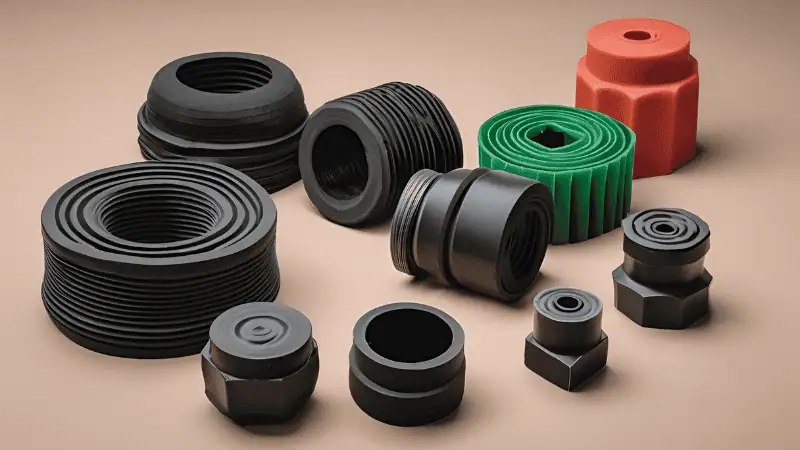
Vibration Damping
Electronics with moving parts in them can be subjected to excessive vibration. It is also an issue for electronic equipment producing loud sounds.
Vibration can cause a device to move or damage its internal parts, but rubber bumpers help absorb the shock and limit movement. The bumpers act as a medium to absorb the vibration and enhance the durability of electronic equipment.
Increase Elevation
Rubber feet serve as excellent spacers for electronics as well. They can be installed underneath to promote airflow ensuring better heat dissipation in electronic equipment. Also, it helps prevent the accumulation of moisture.

Shock Protection
Some Electronics also utilize rubber components to protect internal parts in electronics. This is mostly seen in parts that are moved around often, providing rubber feet at the edges and other crucial locations protects the device from fall damage.
Rubber feet may serve multiple functions for a single electronic device. Let’s have a look at the application of rubber feet in some electronics.
Inquire About Our Silicone and Plastic Products!
Laptop

Rubber feet are a must-have for any laptop. Most laptops you come across will likely have adhesive rubber feet installed by default. They prevent it from skidding on the surface when using it.
It would save both the device’s bottom and tabletop from scratches. Moreover, the rubber feet serve as spacers to allow airflow under the laptop. Otherwise, it would overheat and run into performance issues.
The bumper feet used in laptops also serve an aesthetic purpose, sometimes by hiding the screws underneath. If your computer doesn’t come with any feet or you have lost a few, you can easily stick to self-adhesive feet by yourself.
Keyboards
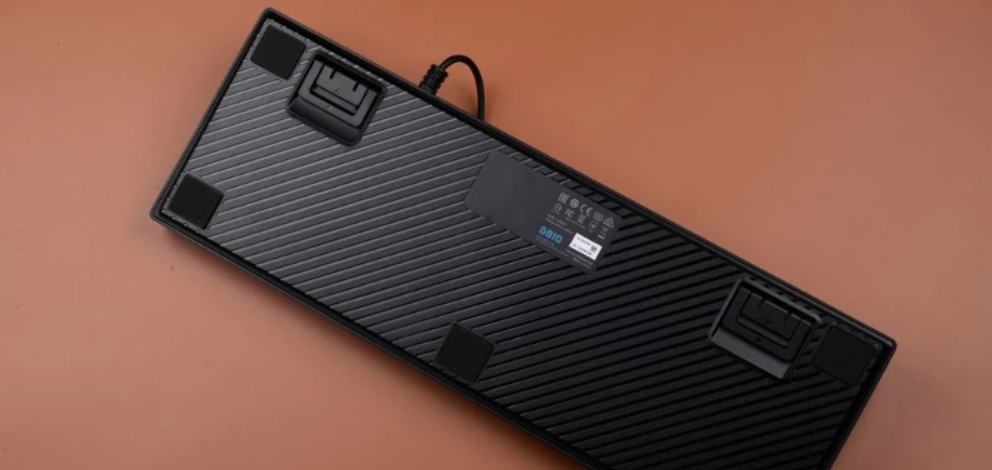
Ever had a look at the bottom of your keyboard? If you had, you probably saw some rubberized components at the bottom or a pair of foldable extensions known as keyboard feet.
It allows you to adjust the keyboard’s inclination to get a smooth typing experience.
The keyboard feet are usually made of plastic but often have adhesive rubber pads attached to develop friction on smooth or glass surfaces. However, some slim keyboards may not have any foldable feet and only have adhesive feet at the bottom.
Soundbox
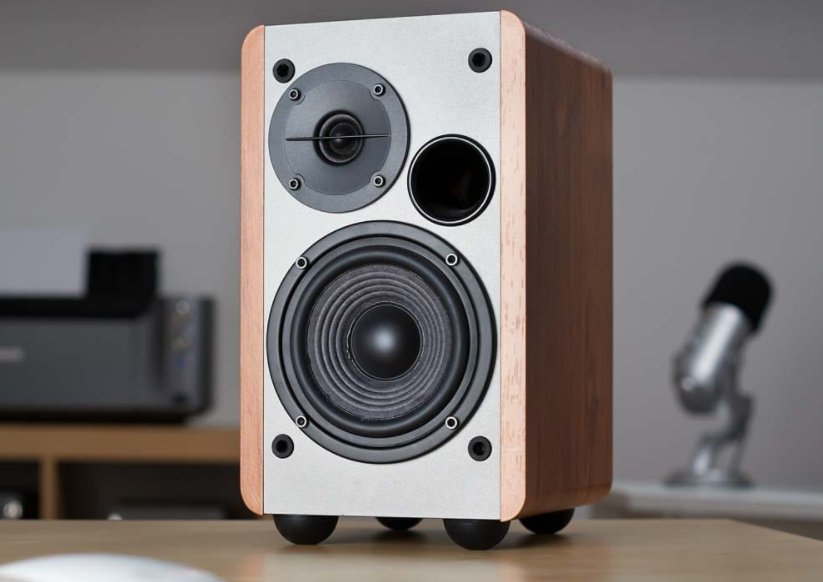
Speakers or subwoofers utilize comparatively larger rubber bumpers/feet than most other electronics. We know that sound is generated from vibration. The vibration can damage the internals and cause the soundbox to shift from its place when it is operating.
The rubber isolation feet absorb the vibration providing protection to the internal component and creating resistance to skidding to keep it within its place.
Some portable speakers also come with rubber bumpers at the edges to protect them from shock.
Inquire About Our Silicone and Plastic Products!
Server Racks
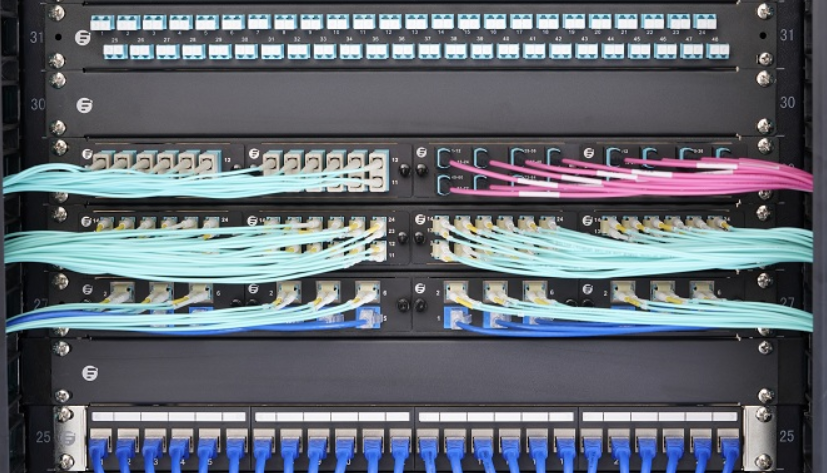
A network or server rack is standard office equipment comprising a bus, hub, bridge, router, etc., and electronics. They are usually stacked on top of each other to save space.
However, that would leave no room for air ventilation and damage the enclosure surface when moving them around. Adding rubber feet can mitigate the aforementioned issues if they do not have any rubber feet or bumpers.
CPU
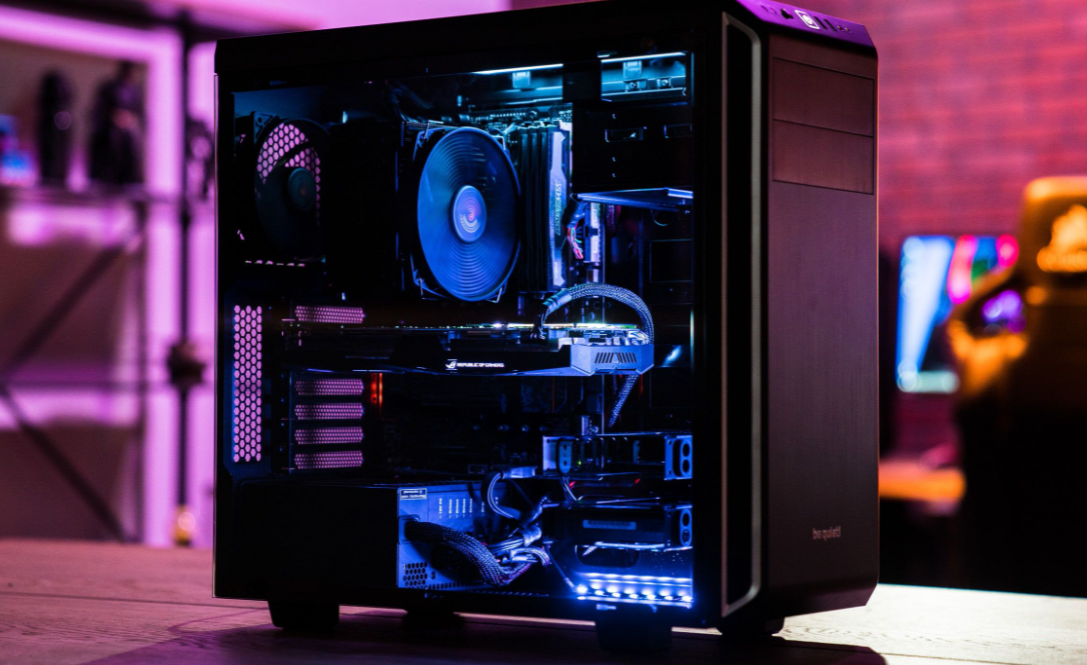
The Central Processing Unit (CPU) is the heart of desktop computers. It houses numerous delicate components that are essential for running computers.
Rubber bumper is often used as spacers to keep the internal components from touching each other, resulting in a short circuit.
Computer CPUs can be pretty heavy as well. The casing usually has push-type or screwed feet, which are much sturdier than conventional adhesive bumpers.
The rubber feet improve airflow underneath, ensuring better heat management and providing protection from spills.
Telephone

Rubber feet play a vital role in keeping telephones stable and secure on desks or countertops. They prevent the phone from sliding or scratching surfaces, especially during use.
Additionally, the rubber feet absorb vibrations and reduce noise when the handset is picked up or placed down. This small but effective component enhances user comfort, protects the telephone, and contributes to a more professional and tidy workspace.
Inquire About Our Silicone and Plastic Products!
Conclusion
In conclusion, rubber feet have gained widespread adoption in the electronic industry due to their exceptional properties and their ability to effectively support and protect electronic devices.
The versatility and reliability of rubber feet, along with their cost-effectiveness, make them an excellent choice for both manufacturers and consumers.
Custom Rubber Feet Solutions for Your Business from Hongju!
Get high-quality rubber feet designed and produced by Hongju Silicone. With 3–5 day CNC prototyping, low MOQ, and 20+ years of manufacturing expertise, we deliver durable, precision-fit products tailored to your needs.
Partner with Hongju for faster production, flexible orders, and expert support. Request your quote today!
FAQs
1. Where can I get rubber feet for electronics?
If you wish to ship bulk rubber products for your company, Hongju could be an excellent choice. We are a reliable Chinese supplier specializing in silicone rubber product manufacturing.
2. Why are rubber feet important for electronic devices?
They prevent slipping, reduce vibration, and protect surfaces from scratches, ensuring devices stay stable and safe.
3. How do rubber feet improve equipment durability?
By absorbing shock and minimizing movement, they protect internal components from damage caused by constant vibration.
4. Can rubber feet reduce noise?
Yes, their cushioning effect dampens sound and vibration, creating a quieter and more comfortable environment.